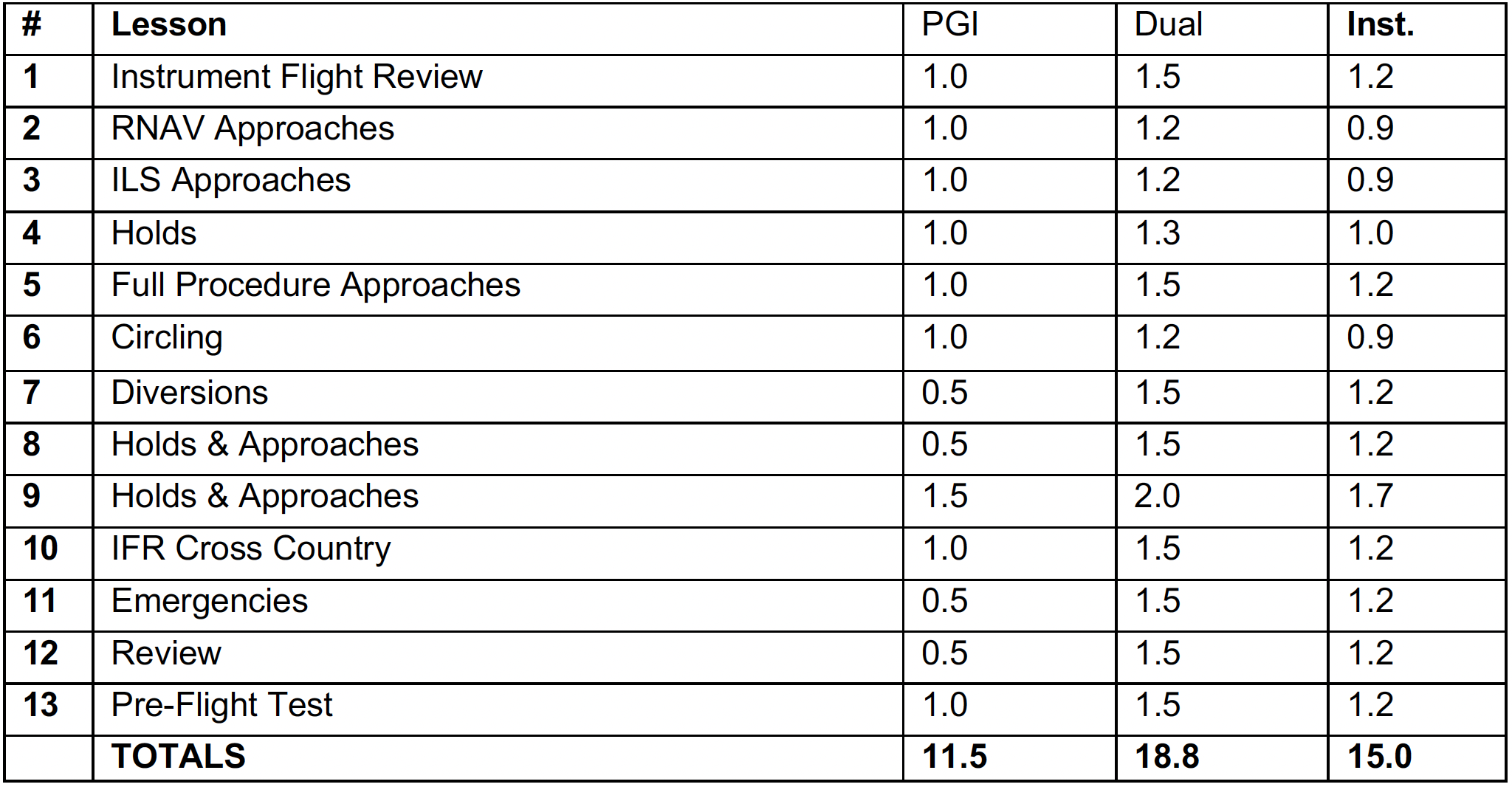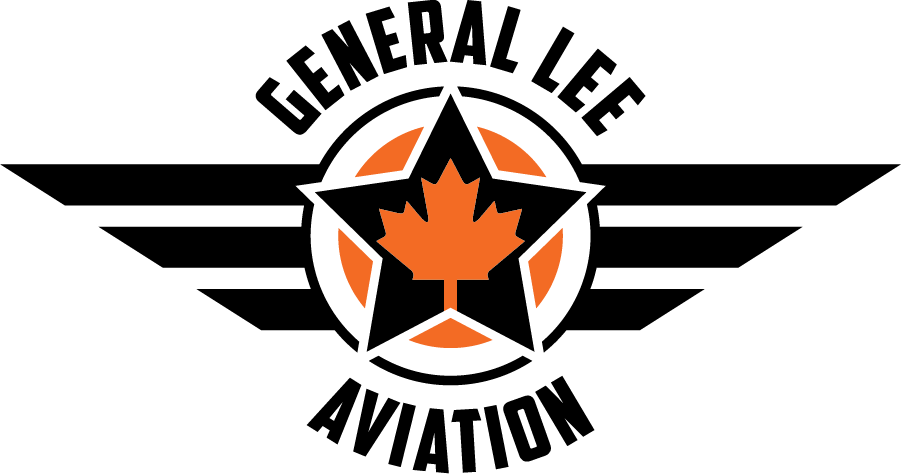Other Ratings
Other Ratings
• GLA FLIGHT TRAINING •
Coming Soon
Coming Soon
Coming Soon
Coming Soon
Coming Soon
Coming Soon
Coming Soon
Coming Soon
Instrument Rating
• GROUP 3 INSTRUMENT RATING •
The Group 3 Instrument Rating allows you to fly all single-engine, non-high-performance land aircraft in Instrument Meteorological Conditions (IMC) under Instrument Flight Rules (IFR). Having this rating will allow the Commercial Pilot License holder to operate an aircraft safely in less that idea conditions. Most importantly it allows you to get out of trouble safely and legally should you encounter inadvertent deteriorating conditions.
General:
An instrument rating is issued for aircraft in the following groups:
- Group 1 for all aeroplanes where the flight test was conducted in a multi-engine aeroplane.
- Group 2 for multi-engine centre line thrust and single-engine aeroplanes where the flight test was conducted in a multi-engine centerline thrust aeroplane.
- Group 3 for single-engine aeroplanes where the flight test was conducted in a single engine aeroplane.
- Group 4 for helicopters where the flight test was conducted in a helicopter.
Minimum Age:
The applicant must be a minimum of 17 years of age.
Medical Fitness:
Class 3 medical, obtained from an aviation medical examiner, including an ECG.
Skills:
An applicant shall successfully complete:
- A flight test as pilot-in-command of an aeroplane in accordance with Schedule 8 “Flight Test for the Issuance or Renewal of an Instrument Rating” of Standard 428 – Conduct of Flight Tests or
- A Pilot Proficiency Check (PPC) for operations under IFR in accordance with Part VI or Part VII, as applicable.
Experience:
Our Instrument rating program is designed to be completed after earning your CPL License.
Therefore, before starting flight training pilots should have 25 instrument hours.
The applicable Study & Reference Guide and Flight Test Guide, the following URLs are provided to be referenced throughout the duration of flight training: **
Instrument Rating – Aeroplane and Helicopter:
Written Exam Requirements:
An applicant shall have obtained a minimum of 70% on the written examination Instrument Rating (INRAT) which shall include the following subjects:
- Canadian Aviation Regulations
- Instrument Flight Rules and Procedures
- Meteorology
- Instruments
- Radio and Radar systems
- Navigation
Ground School:
We include the following courses through our partnership with Hangaaar.
- Hangaaar Membership to online forums & extras with over 200+ videos on: Controlled VFR, Transponder Use, Terminal Area, Emergency Communication, VFR Flight Following, Special VFR Rules, Mandatory Frequency Areas, NOTAMS, Maneuvering Speed, VFR Over-the-Top, Aviation Communication Enroute, Stabilized Approaches, Position Reports, VFR & IFR Cruising Altitudes, Flying in the USA, Diverting to Alternate, Visual Illusions, Managing Risk and VFR Flight Following.
- IFR Course
- Aviation Communications
- Crew Resource Management
- Garmin 430 Basic and Advanced
- Aviation Weather Reports & Forecasts
- Cherokee Type exam
- General Lee Aviation Requires that you complete IFR Ground school before commencing Flight Training
Flight Hours:
50 hours of cross-country flight as pilot-in-command in airplanes or helicopters with 10 hours must be in the appropriate category.
- 40 hours of instrument time of which a maximum of 20 hours may be instrument ground time.
- 5 hours of dual instrument flight time acquired from the holder of a flight instructor rating.
- 5 hours in aeroplanes where the applicant is applying for a Group 1, 2 or 3 instrument rating.
- 15 hours of dual instrument flight time provided by a qualified person as specified in section 425.21(9).
- On dual cross-country flight under simulated or actual IMC conditions of a minimum of 100 nautical miles, the flight to be conducted in accordance with an IFR flight plan to include at, two different locations, an instrument approach to minima.
- Our Instrument rating program is designed to be completed after earning your CPL License
- Therefore, before starting flight training pilots need to also have 25 instrument hours
Preparatory Ground Instruction (PGI)
In advance of each training flight, a ground briefing is completed to review what will be learned in the planned training flight. Referred to as Preparatory Ground Instruction (PGI), these sessions typically last between 15-20 minutes and are one-on-one classroom instruction.
Pre-Flight and Post-Flight Debriefings:
Flight Test:
• Flight Test Guide – Instrument Rating – Group 1, 2 and 3:
Flight Training Syllabus:
*Taxing, take-off, and landing is not instrument time* over the course of each flight is approx. 0.3.

Frequently Asked Questions
• GENERAL LEE AVIATION •
Where are you located?
Are you accepting new students?
How can I figure out if flying is for me?
Do I have to pay for my entire course up front?
I want to get my Private Pilot’s License (PPL) but do not want to buy a plane, what do I do?
Can I add ratings to my existing PPL through your school?
I started my license with another school, can I continue my training with your school?
What are the job prospects for a Commercial Pilot?
Opportunities such as airline pilot, low-level utility, agriculture, firefighting, air ambulance, corporate, skydive, cargo, pipeline patrol and even a charter are possibilities. Further expansion on this license may be needed for various levels of employment. However, the CPL does provide the opportunity to pick multiple different sectors and have multiple career paths within the journey as a commercial pilot.
What simulator does your school have?
We have a Transport Canada-certified ALSIM 250 simulator, allowing students to train in a realistic flight environment. This means bad weather days no longer mean no flying days, as students can continue practicing essential skills in the sim. It’s a valuable tool for improving proficiency, building confidence, and reducing overall training costs.
I would like to go on a scenic flight, what are the restrictions?
I would like to purchase a scenic or discovery flight for a friend, how can I do this?
What is your $75 scenic flight special?
Timeline:
Training is at the student’s pace and convenience. The course is based on 13 lessons, at 3 lessons per week it will take just over one month to complete.
It is the expectation of every student that the required reading listed for each lesson be completed prior so more instruction time will be spent in the air, rather than on the ground. Debriefing will occur during the exercise and a post briefing to provide the student with the opportunity to discuss and obtain clarification on any points involved in the lesson.
Unforeseen circumstances such as weather and mechanical issues may postpone some flights. Progress checks will be completed as the student completes a series of lessons. The results of the progress check will be provided to the student, as well as a copy placed in their training file.
The aptitude & ability of the student determines the number of hours it will take to complete the course. The more focused & diligent the student applies himself/herself, the less time it will take. Staying on top of the ground school and reading the required lesson materials before each flight and using the simulator as much as possible will aide in learning efficiently.
The following cost estimate is based on Transport Canada minimum requirements to be permitted to attempt the flight test, and any additional training required to meet the standards will be billed at the applicable rate.
- Syllabus assumes 20 hours from CPL training + 5 from PPL and the student is proficient in instrument flight to the CPL level (navaid & GPS intercept & tracking) to meet the 40 hours of required instrument time.
- Taxi, take-off, and landing is not instrument time* over the course of each flight is approx. 0.3.
Cost Breakdown:
• 18.8 Hours Flight Training Dual (15 instrument) – $310/hour: $5,828
• 11.5 Hours Ground Briefing – $80/hour: $920
• Hangaaar online ground school ($150 if added to PPL/CPL): $300
Total ($CAD): $7,048
Note:
Additional ground briefing if required is $80/hour.
Hourly rate includes fuel and $5 million liability insurance. Fuel price is subject to change.
Aircraft are instrument rated equipped with Garmin 430w, Dual nav/comm, iPad mini with Foreflight, paper charts/CFS, Cockpit Go-Pro video for flight review, Garmin 696 with XM weather and radio.
(Taxes not included)

